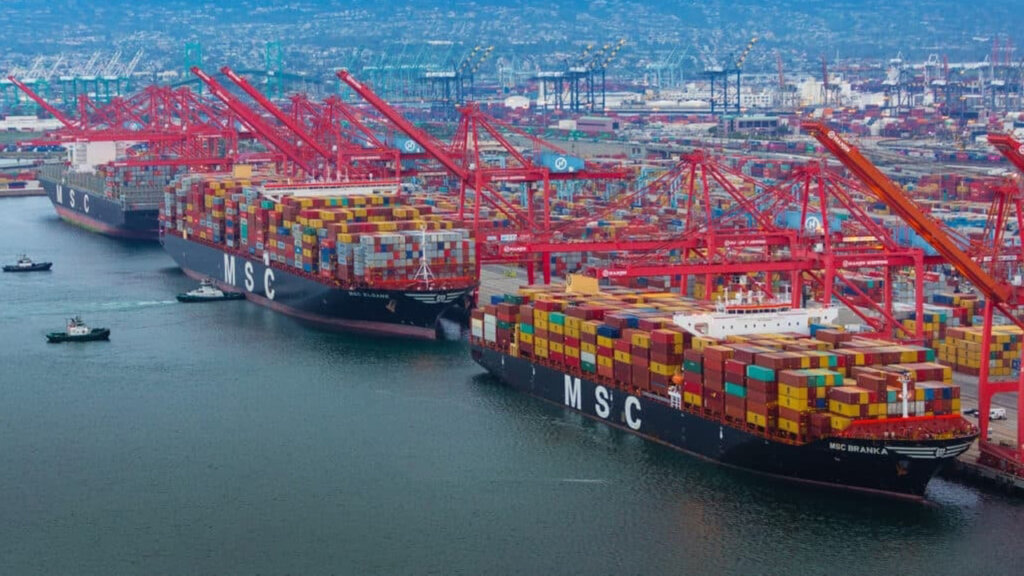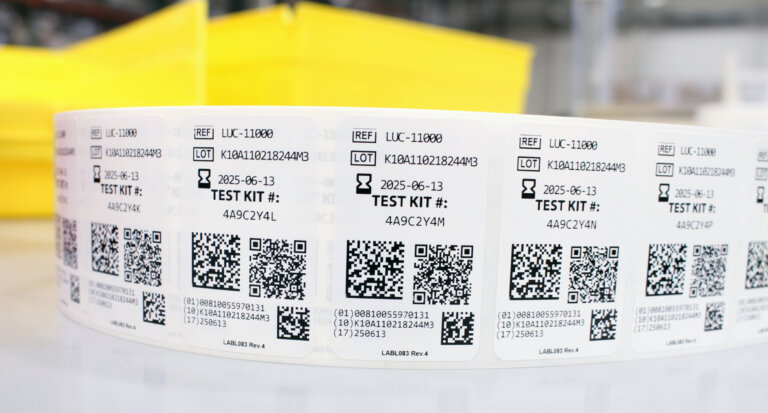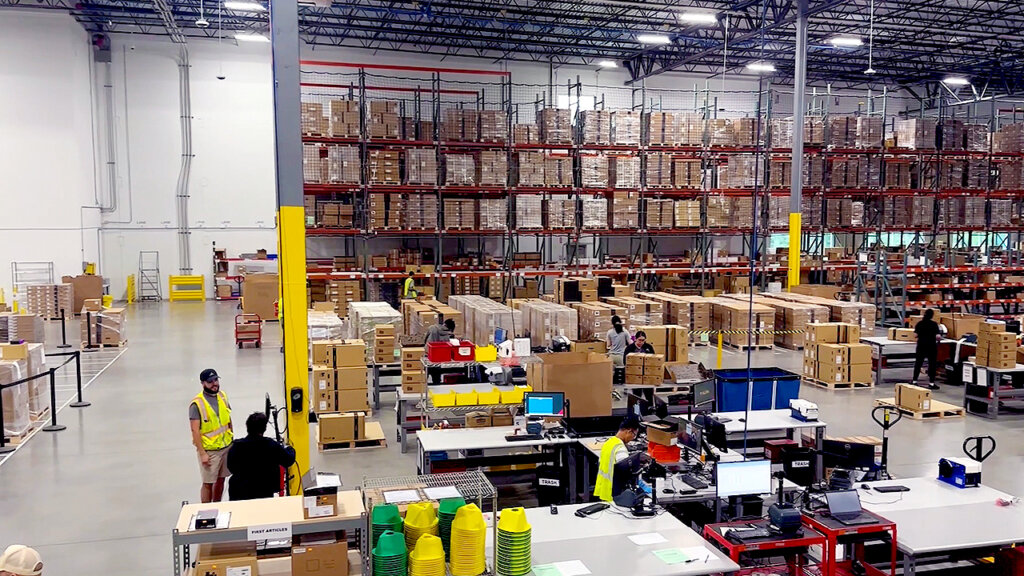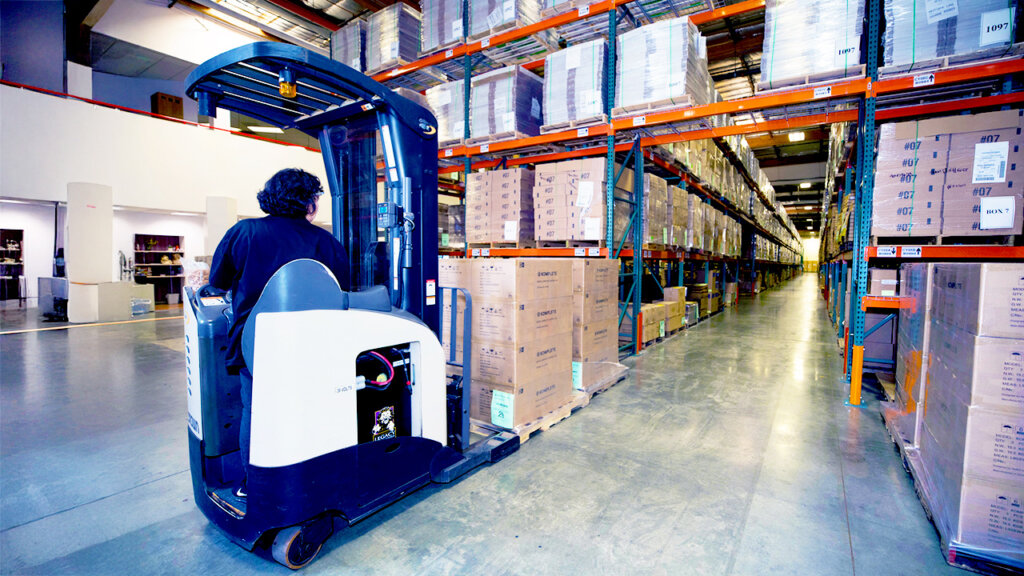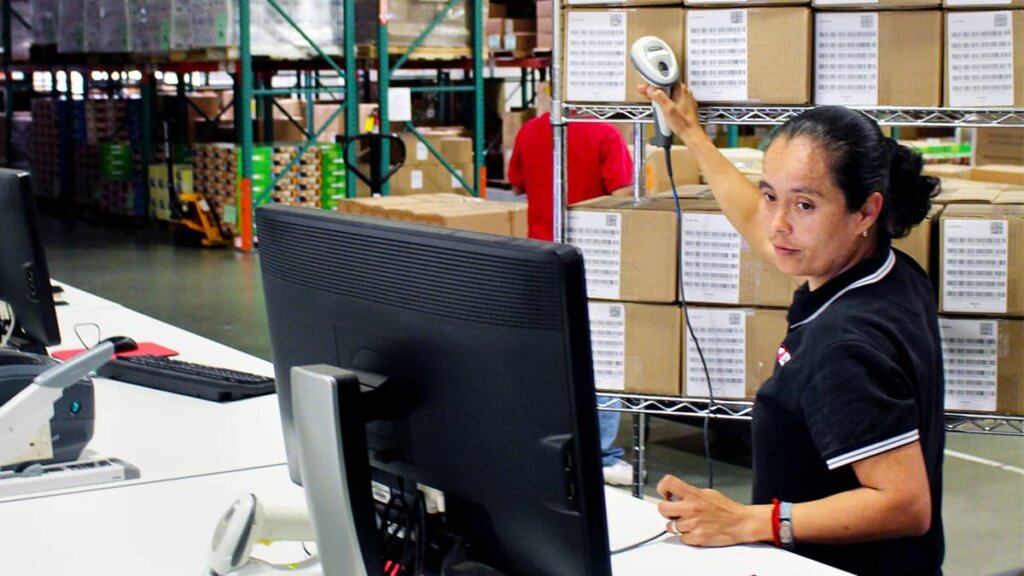After decades in supply chain, my main focus area frankly has not been U.S. Ports. Yes, like everyone else, I have recognized that we have old, dysfunctional ports. I have advocated for better infrastructure. But until the last years’ port crisis, port operations has not been at the top of my list of interests. That has changed. With close to 100 containerships presently stuck outside west coast ports, I am being barraged with questions about ports and asked for my predictions.
So, when the World Shipping Council released cargo capacity volumes of the top 50 ports in the world, I simply had to read more. Then it dawned on me: There really is a simple math challenge here.
I looked at the top 10 Asian ports shipping into the West Coast of the U.S. What is their capacity? Then I looked at the percentage of exports from each port going to the U.S. Then I multiplied. Before disclosing my findings, let me admit that this is just scribblings on the edge of a cocktail napkin. Exports could mean many things; size and dollar value may not be proportional; it does not take the same time/capacity to offload a ship as to load it; Asian ports can ship to other ports than the West Coast ports; TEU is both inbound and outbound; capacity may not be fully utilized, and on it goes.
But what remains in my mind is this: The overseas ports shipping into our U.S. West Coast ports have roughly the capacity to handle 270 million TEUs annually (a TEU being a Twenty-Foot Equivalent Unit/Container). In the ”worst/theoretical case”, we could expect to receive incoming shipments of about 40 million TEUs. The number of TEUs shipped via Transpacific lanes is actually closer to 31 million per year.
The problem is that the U.S. West Coast ports really can only handle roughly 20-25 million TEUs per year, and that is in a good year.
We must be optimists and believe that with increased efficiency, technology, and collaboration, we can expand capacity in spite of the physical constraints of port size. But what the situation boils down to is that US trade with Asia has grown close to 30% over the prior decade. Port expansion on the West Coast is going to take close to a decade where – unless something big shifts – we are going to increase imports another 30%, using the same port capacity. Another way of looking at this math is: If we expand port capacity by 30%, we are essentially only treading water (apologies for the pun).
The math does not work. When others predict a significant ease of port congestion over the next 3-6 months, allow me to be skeptical. Yes, consumer demand may slow (or not). Yes, we may catch up over Chinese New Year – but bear in mind that it is only a two week break in imports. Also remember that all U.S. companies have been over-ordering components and goods to be on the safe side. This is creating a tsunami of imports. Adding to this challenge are the additional construction material demands coming with an infrastructure bill, including large quantities of steel imports. With these things in mind, I would not bet on the much-desired relief. In the spirit of optimism, let’s hope for a slight improvement.
The conclusion of my cocktail napkin calculations are stark and sobering. The U.S. is dependent on international trade that our ports cannot handle. As you are strategically contemplating your supply chain and your procurement, this is a consideration worth factoring in.
